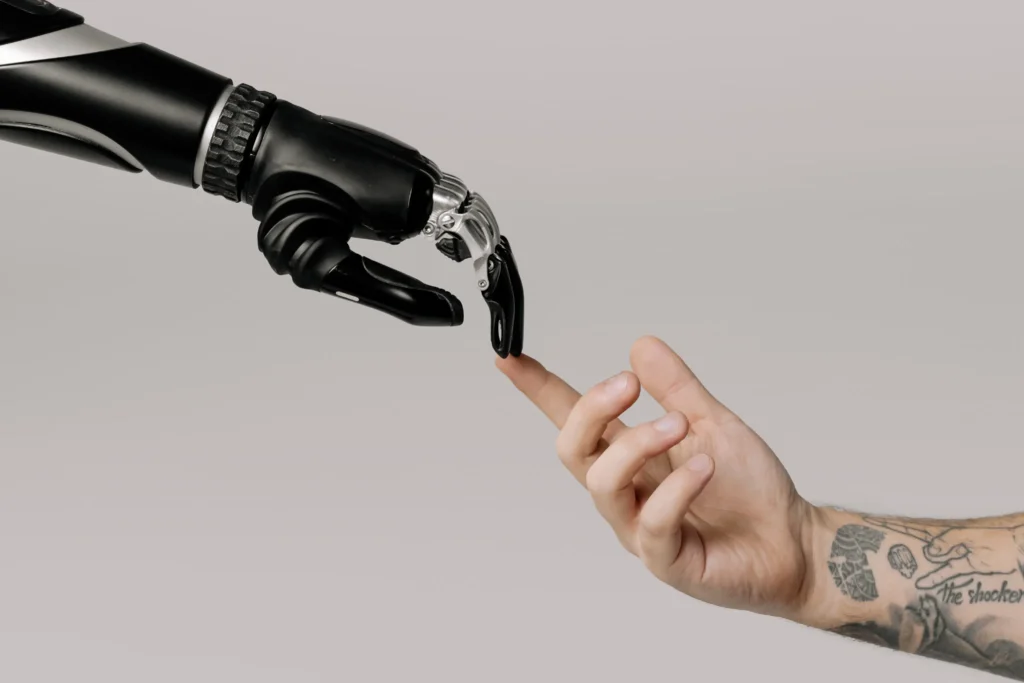|
Getting your Trinity Audio player ready...
|

A plan to address the problem of machine learning similar to the loss of memory within artificial intelligence (AI) AI systems gives insight into how to bridge the gap between how machines learn and how a person learns.
A plan to address the issue of machine learning as a substitute for the loss of memory in AI (AI) machines has offered insight into the gap between how a machine learns and how humans learn. One advantage of humans having a more flexible memory is that AI systems do different situations or processes that could be affected in this attempt to create asking artificial intelligence that are more human in memory functions.
The idea for this change comes from Ohio State University’s Computer Scientists and engineers, who looked at how a process dubbed “continual learning” affects overall performance. This is where computers are trained to learn a series of tasks over time, applying the experience gained from previous tasks to understand newer tasks better.
The researchers found that when artificial neural networks are developed from earlier tasks and then newer ones, they can lose the knowledge learned from previous tasks. The researchers believe this may pose a challenge because humans’ reliance on AI systems is becoming more accepted across various fields. Ness Shroff, Ohio Eminent Scholar and professor of engineering and computer science at The Ohio State University, says the automated systems operating systems and robotics mustn’t forget the lessons they’ve learned already.
His team’s research focuses on the difficulties that continuous learning processes create for these systems. They discovered insights that help connect the learning processes for machines and humans. They’ve discovered that existing machine learning techniques that must be trained using all data simultaneously should be avoided. Instead, an orderly method for teaching algorithms needs to be implemented, in addition to teaching the AI by comparing task similarities and negative and positive relationships between similar tasks. According to them, this could increase memory endurance in AI systems.
Artificial photosynthesis to create a greener future
The research team at Tokyo Tech Tokyo Institute of Technology (also known as Tokyo Tech) has resorted to engineering plants in cells to enhance the process of artificially producing photosynthesis dramatically. In photosynthesis, plants extract energy from sunlight and produce carbon dioxide and chemical energy by consuming glucose. Carbon dioxide and water are taken from the air and soil through these processes. The water is then oxidized, electrons are lost, and there is a reduction in carbon dioxide due to an increase in electrons. The process converts water to oxygen and carbon dioxide to glucose.
Shop Now
It releases oxygen into the air while conserving the energy of glucose molecules. These glucose molecules, which are filled with energy, remain in the organelles known as chloroplasts. These organelles are encased with a thylakoid membrane. This is a light-absorbing pigment known as chlorophyll. This chlorophyll absorbs energy from red and blue light while reflecting green light, making trees and plants their green hue. Environmentalists are yelling loudly to increase tree and plant coverage and using “greening.”
Tokyo Tech researchers have now created a method of producing hybrid solid catalysts based on protein crystals and combining an easy in vitro method to create catalysts that mimic photosynthesis. Protein crystals are ordered molecular structures with a range of characteristics and a vast potential for customizing, with the ability to form naturally using materials in cells, which significantly reduces the environmental impact.
They devised a unique method that created an extremely active recyclable, thermally stable process that converts carbon dioxide to a form when exposed to light, replicating photosynthesis more effectively. The process provides an effective and environmentally-friendly strategy for research in nanomaterials and artificial photosynthesis — not without hope for this effort to lead to a much greener future.



